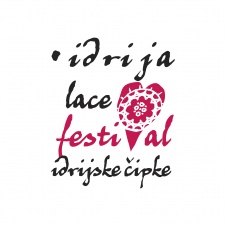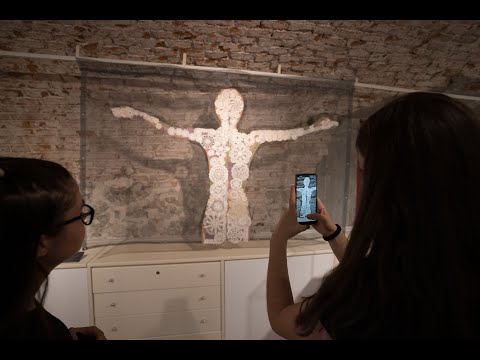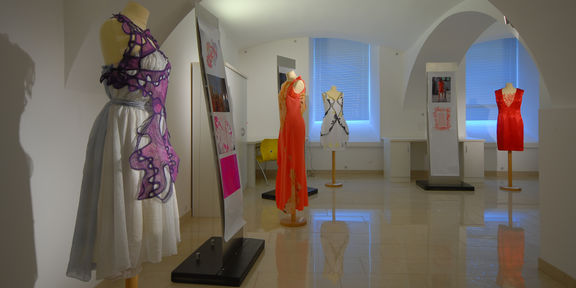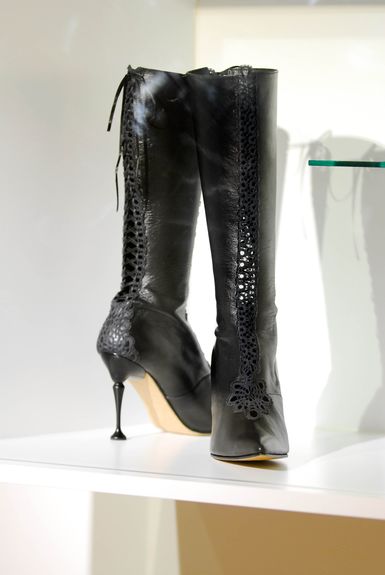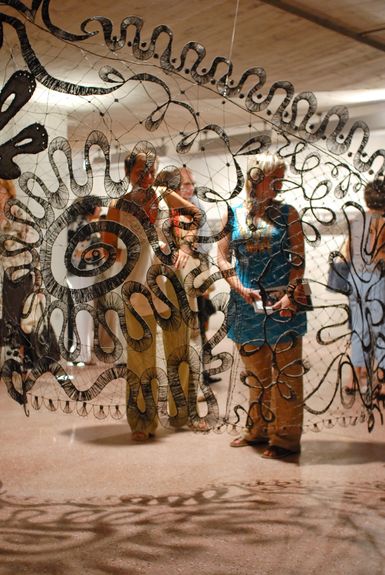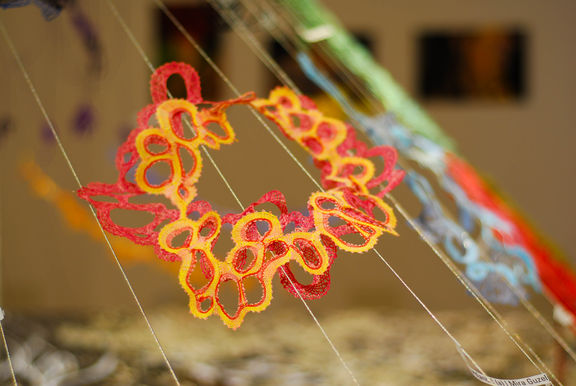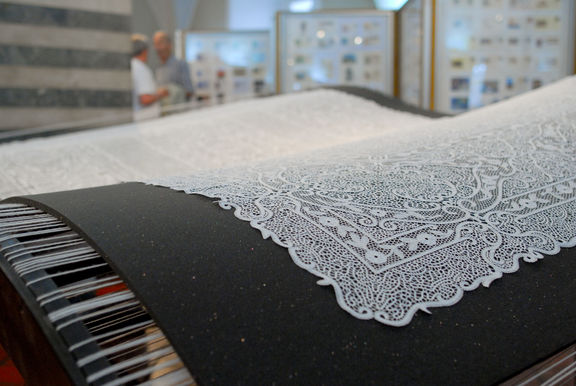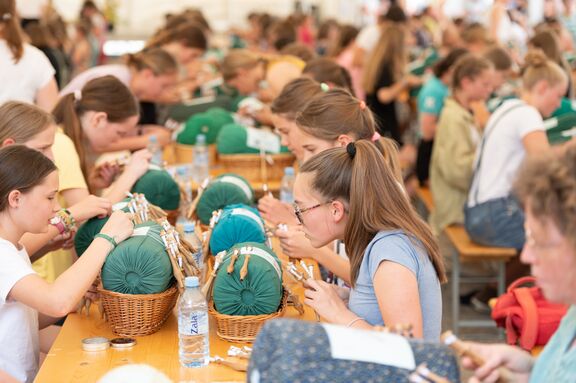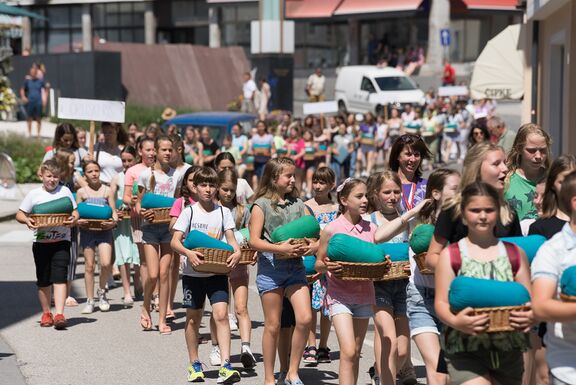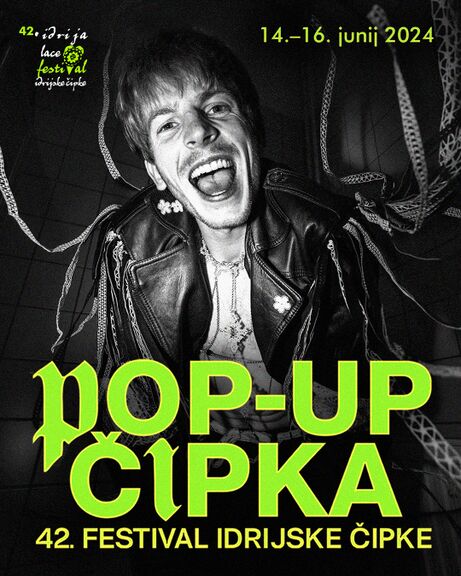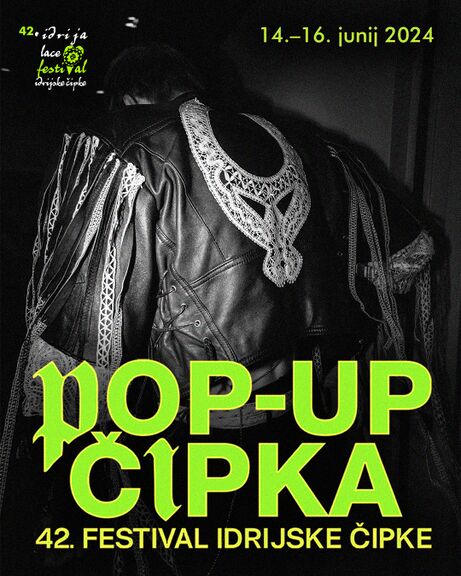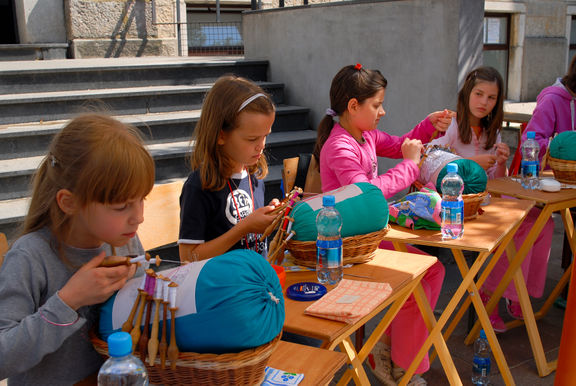Idrija Lace Festival
Background
The second oldest and largest mercury mine in the world, closed in 1995, shaped the lifestyle and local economy of the town of Idrija for centuries. Bobbin-lace making was introduced into Slovenia from the Czech and German lands of the Austro-Hungarian monarchy more than 300 years ago; the first mention dates back to 1696. Idrija gradually developed its own techniques and design patterns. In 1876, a lace school was established, and its activities achieved European dimensions. Lace from Idrija was exported worldwide, just like mercury. During the last decades, with the support of the Interreg programme of the European Commission, the Municipality of Idrija has encouraged the establishment of the Idrija Lace brand, although the Lace Festival kicked off in 1982.
Programme
During the festival, children and adults participate in a national lacemaking competition, leading to the presentation of the Ivanka Ferjančič Award, named after the first teacher (1850–1879) of the Idrija Lace School, who greatly influenced the growth of lacemaking in Idrija. The award was initially supported by the Culture 2000 program of the European Commission as part of the Land of Lace project with partners including the Provincial Museum of Gorizia - the Museum of Fashion and Applied Arts, Italy; the Museum Rauma, Finland; and the Idrija Municipal Museum, Slovenia.
Exhibitions are held mainly at Gewerkenegg Castle in Idrija, the main seat of the Idrija Municipal Museum. The central exhibition in 2010 summmed up the role of lacemaking for the local community in the past – Wealth for the Rich, Blessing for the Poor. Each year, the festival also features exhibitions of international lace (e.g., Belgian Bevern, Hungarian Halas lace, Estonian lace). Collaborations with fashion designers and students are also encouraged (e.g., the exhibition Lace: Tradition in the Modern World by the Department of Textiles, University of Ljubljana).

See also
External links
- Idrija Lace Festival web page
- VR panoramas of the 2008 festival on Burger.si website
- Idrija Lace School (Čiparska šola Idrija) website
